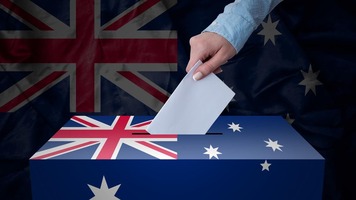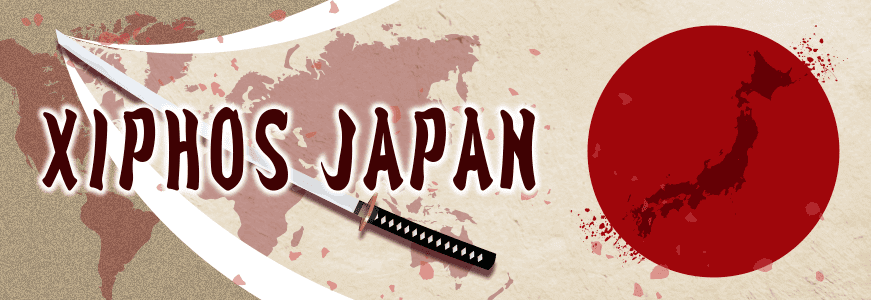 The House of Councillors election will soon be held in Japan, and an election was held in Australia not long ago, resulting in a change of government from the Conservative Coalition to the Labor Party for the first time in nine years.
The House of Councillors election will soon be held in Japan, and an election was held in Australia not long ago, resulting in a change of government from the Conservative Coalition to the Labor Party for the first time in nine years.
The media gave a number of reasons for the Conservative Coalition’s heavy defeat, including inadequate measures against Corona, the economic recession and foreign policy issues, but history shows that the Australian government has always oscillated between the two major parties (Conservative Coalition and Labor).
Similar to the flag-waving principle, after serving one or two terms, the government is on the other side of the flag. The cycle repeats itself. It is probably a lot better than in Japan, where the opposition parties are so poor that the only option is the ruling Liberal Democratic Party.
It is usually said that the Conservative coalition focuses on the economy and the Labour party on welfare and environmental issues.
Put another way, some experts point out that it is the Conservative Coalition that stimulates the economy, implements policies favourable to business, enriches the treasury and moves closer to the West, while it is the Labour Party that spreads the treasury saved by the Conservative Coalition to the people and focuses on relations with China.
In fact, when the Labour Party is in power for one or two terms and the treasury starts to show signs of bottoming out, the Conservative Coalition wins. The so-called alternation of flag-waving states is a feature of Australian governments.
Australia also has a voter turnout of around 90% or more, with most of the population casting a ballot every time, almost double the turnout in Japan, where the turnout is less than 50%.
The reason for the high turnout may be that free hotdogs are given out at polling booths, a derisive reference to the Australian temperament, but the reason is simple: voting is compulsory in Australia, and failure to do so is punishable.
Fines vary from state to state, but can run into the tens of thousands of yen. The Tokugawa shogunate lasted for a long time and politics was decided by the top. Unlike the Japanese, who are still unable to get rid of this attitude and leave everything to others, Australians have a clear belief that they can win their own rights, which is also a reason for the high voter turnout.
Another major difference between Japan and Australia is that dual citizenship is not permitted at all for members of parliament.
Australia is a country made up of many immigrants, both past and present. Therefore, dual citizenship is legally permitted. However, when campaigning, non-Australian citizenship must be surrendered.
Australia and New Zealand in particular have strong ties in many aspects, such as political, economic and defence, and many people hold passports for both.
A member of parliament who held dual nationality in this sense was discovered a few years ago now, and nine members of parliament lost their jobs because of the nationality issue.
From the point of view of national interest and national security, this is a very common practice not only in Australia but in all countries.
In Japan, a short while ago, a certain member of the Diet was involved in a dual nationality issue, and he ran away with an ambiguous attitude, but despite such a scandal, he stayed on as a Member of Parliament without resigning, which is a very strange phenomenon.
This is something that would be impossible in other countries, but in Japan it seems to go unnoticed.
Japan is surrounded by the sea and has long been protected from foreign enemies. Peace is a wonderful thing, but there are also neighbouring powers that are vigilantly targeting Japan’s territory, so it is better to consider more measures for self-defence.







